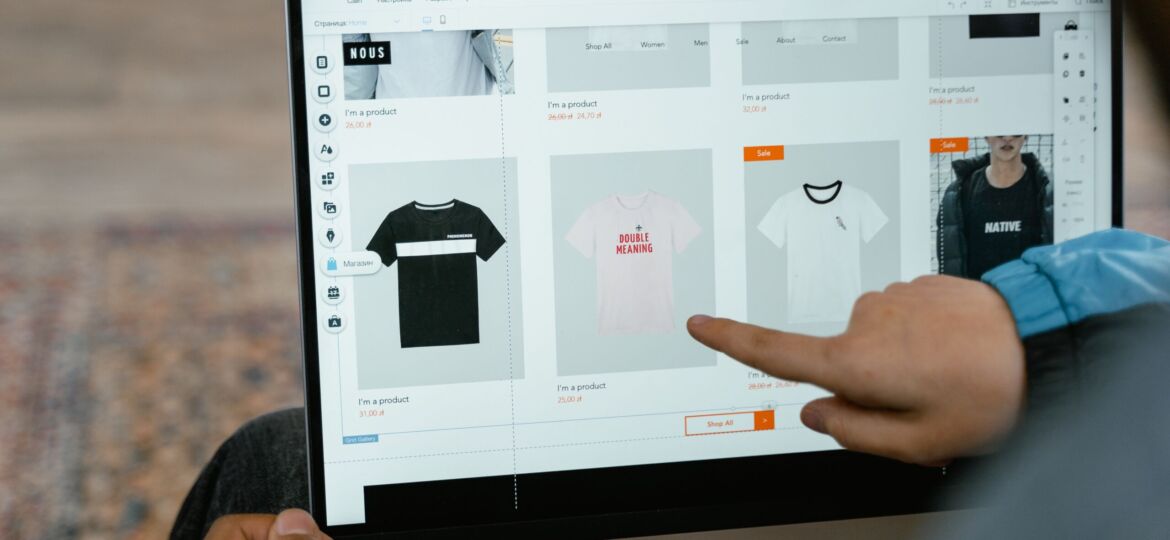
This means that transactions can take place from anybody, anywhere. Business in the 21st century is becoming more fascinating with the continued emergence of e-commerce platforms.
An e-commerce platform is a software application designed to enable business owners to manage the sales operation and payment of their business online. Selling your product or service online in Japan can be very easy if you have the right information and strategy to enter the market. However, it can be highly competitive and difficult if you fail to carry out thoroughly enough research beforehand.
The e-commerce market in Japan is one of the largest and most developed in the world. About 1/10th of global online retail transaction comes from Japan. In 2020, Japan’s B2C eCommerce market totaled around 19.3 trillion Japanese yen.
Selling online in Japan is incredibly profitable and for e-commerce startups, the prospects are limitless. The way people buy in Japan is different than in Western countries, with very few return rates (around 2%) for a much bigger average order amount.
However, to sell online in Japan, there are four main areas that an entrepreneur must consider carefully.
When selling in Japan, you need to know what e-commerce platforms are available. There are four different types available to entrepreneurs wanting to market their products.
- E-commerce Marketplace (Rakuten, Amazon Japan)
- Apparel Specific Marketplace (ZozoTown, iQon, Origami)
- Hosted E-commerce Service (Base, Stores)
- Installable Solutions (EC-cube, Commerce 21, Live Commerce)
Amazon Japan, Rakuten, and Yahoo! Japan Shopping are the most dominant e-commerce platforms. These choices can feel limited as each platform is catered to sell specific products.
If you are looking for a website to sell cool and innovative gadgets, Modern-G is made for you. Modern-G sells upgraded everyday life objects and other innovative products that represent the future and connected world. From Smart skipping ropes, Astro-reality, revolutionary air cleaner, and so many others. So, If you want to launch a futuristic product, our platform is made for you.
If your product is in the category of clothes, cosmetics, books, food, etc., the eBay company Qoo10 is a good choice. As of 2018, it has 25 million registered users. An alternative site can be Wowma which offers restaurants or other services with its 24 million visits (2020).
Another important element to consider when choosing a platform is the website’s aesthetic. For example, three apparel-specific marketplaces have nice features like size charts or the possibility to show the products from different angles.
This is is a very important thing to consider when selling online in Japan. Obviously, credit cards are a prominent way of payment in most online transactions. However, they are other forms of payment that people use in Japan. Failure to set up these methods could result in higher rater shopping cart abandonment.
Not everyone in Japan has a credit card, so cash on delivery is the second most used form of payment in Japan. Also, consider bank transfer and payment at a convenience store options as these are also common methods on Japanese websites.
Knowing how Japanese people shop and the purchasing characteristics of your target audience will result in a good sales rate.
Before you start selling online in Japan, you need to think about the shipping and logistics options available to you. No matter the option you go with, think about the cost implications, delivery time, and other possible hindrances. Generally speaking, domestic delivery offers better solutions. That being said, shipping from an international location is a viable choice.
The Japanese infrastructure offers an extremely efficient delivery system since receiving an order usually takes one day only, or two if the one-day delivery is reserved for members similar to Amazon Prime. So, it is pretty common to see deliverymen running in the street, at least in big cities.
You can add something in addition to the original package such as a thank your card to your customers. You can also add a small card inside and write whatever you would like to say to your customers (in Japanese) and end with an e-mail address for inquiries.
Compared to other countries, customer expectations from online sellers in Japan are exceedingly high. This might be due to the fact also have the best customer service system in the world. In stores, sellers greet each customer and help them to the maximum. A study showed that 56% of customers will shop elsewhere after one bad customer service experience. This is almost twice more than in other countries.
Accordingly, you also need an effective channel that would allow you to easily handle customer query complaints. This can be an e-mail as they are an inexpensive option that gives plenty of time to handle customer complaints as they come. Answering and addressing every complaint will retain your counter loyalty. If not, you could lose customers. It is not to be taken lightly since customers are used to being treated like kings in Japan.
If you can effectively tackle these four areas, then selling online in Japan can be a lot of fun. In the beginning, it might be stressful because of all the steps and processes required. But with the right product, along with consistency and focus, you can achieve the e-commerce success in Japan you are aiming for.





